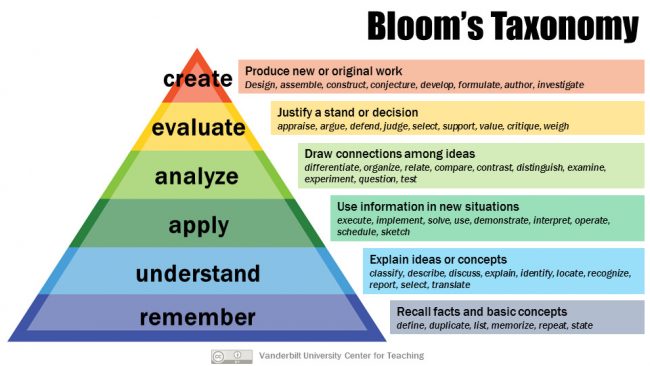In the last session we addressed the diverse Scaffolding techniques differentiating between three main categories which are production, understanding and general techniques. Likewise, we also collected some techniques and, first in small groups and then collectively, we classified them in those three categories. Thereby, we now have a substantial amount of techniques properly classed that we submit in this very post and that could help us in the development and designing of our project.
Production techniques:
• Play videos or suggest readings before activities where you have to talk or write.
• Specify what students should say or write and how they should do it.
•Brainstorm what can be said and written and then organize ideas with a visual organizer.
• Give students patterns of language structures that they can use both orally and in writing.
• Ask students to think about the grammar and vocabulary they need to make a presentation or to write a text.
• Allow the use of dictionaries during the preparation of drafts or presentations.
General techniques:
• Promote reflection in small groups on what has just been done.
• Use L1 in activation activities with beginner students in L2.
• Encourage collaborative work so that students can help each other.
• Provide activation activities.
• Encourage students to ask questions about the activities to be done.
• Help students make connections with activities they have already done.
• Provide feedback to students on their progress.
• Provide examples for activities to be done.
• Repeat essential ideas or key words during an explanation.
• Split activities into different steps or parts.
• Simplify the language used.
• Use images or visual organizers to illustrate or synthesize the contents of a text.
• Speak slowly and clearly.
Understanding techniques:
• Present the context of the texts to be read or listened to.
• Provide visual organizers for students to take notes on what they hear or read in a more organized way.
• Ask learners questions to avoid misunderstandings.
• Ask students to note or underline the key vocabulary of a video or text.
• Suggest that students predict what they will see, hear or read.
• Use gestures to illustrate the meanings of an oral message.


